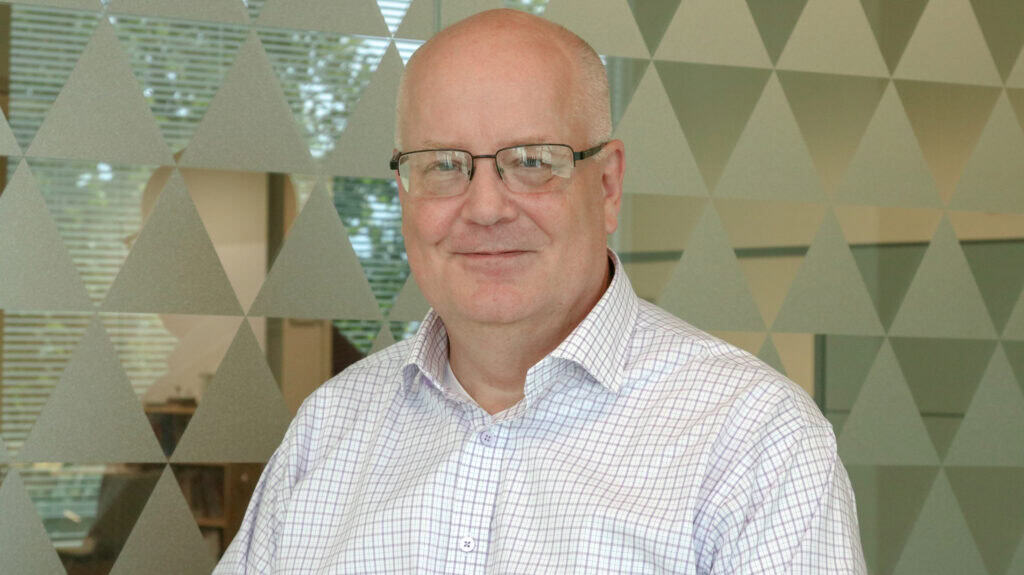Happy places in the chemical industry are hard to find right now. Depending on the region, most companies are up against either tariff uncertainty, over-capacity, cheap Chinese exports, weak demand, or cripplingly high energy prices. In the case of Europe, you could argue it is all of the above in some segments like petrochemicals.
If you were going to call out a current bright spot, electronic materials is a good bet. AI and high-performance computing are driving demand for more powerful chips, and the Samsungs, TMSCs, and Intels of this world are in a relentless race to help miniaturize electronics. South Korea and Taiwan lead the pack, followed by Japan, the US, and Europe with names like Shin-Etsu, DuPont, BASF, and Element Solutions.
And then there is Materion. Under CEO Jugal Vijayvargiya, this 125-year-old beryllium miner has become a leader in areas like Atomic Layer Deposition and thin-film metals via a different route. Previously the Brush Beryllium Co, the firm spent the better part of a 100 years finding new applications for the metal and generic materials, including space exploration and high-performance brake pads. In 2021, Materion made a “huge step” into the world of semiconductor materials with the $380 million purchase of HC Starck’s tantalum business. Then came the purchase earlier this year of a plant in South Korea to establish production right on the doorstep of some of the industry’s semiconductor titans.
At the center of Vijayvargiya’s transformation is Leo Linehan, a chemist who spent 12 years at IBM working on semiconductor fab R&D, before stints at some of the chemical industry’s most iconic names, including Dow and Rohm and Haas.

Joining the vertically integrated miner in 2019 was something of a “chance encounter.” Ohio-based Materion wasn’t on his radar, but a favor to a recruiter friend led to an introduction with Vijayvargiya, who successfully sold his vision to the now president of Electronic Materials.
In tantalum, Materion accessed a key material for semiconductors. Chemically inert with a high melting point, the rare, hard metal was the go-to material for lining chemical-plant reactors due to its high corrosion resistance and ductility. Linehan was there when the chip industry embraced tantalum in the 1990s, following a “huge industry-wide effort to select the right process.” Aluminium wiring could no longer cope with increasing power needs, and copper tended to diffuse through the device, disrupting the transistors. That led to a thin layer of tantalum being applied to hold the copper in place.
Not content to stand still, Linehan said he is again looking for acquisitions to enter new geographies, move into new adjacent area, or broaden the chemical portfolio in areas like polymers, formulated systems, and compositions. Already a leader in processes like Physical Vapor Deposition, Materion wants the No 1 spot.
“My background is as a chemist. That’s a space that I would like to look for opportunities to expand in. It sounds biased, but for me, it is about chemistry. If you really look in there and see what is actually being done, it is mainly chemical processes,” Linehan said in the interview with chemicalESG. Examples are depositing materials, plasma-based etching, and organic or aqueous solvents for cleaning, he added.
Linehan feels that, right now, the chip industry is in a rich vein of development but that hasn’t always been the case. In the 1980s, it was a Wild West, with rapid growth and dynamic changes. Then the industry stabilized and everything became a bit predictable, before a surge in demand leading to constrained capacity in 2021 to 2022 — then the bottom fell out in 2023. It is recovering again fast now, and so are margins, on the back of portfolio adjustments and technological changes.
“There are times when people declare that cyclicality in the semiconductor industry is over, and I laugh every time I hear that, because I know it’s not true,” Linehan said.
This time around, the market is consolidated but remains competitive, and there is a big move to reshore production in the US, bolstered by the CHIPS Act, signed into law in 2022 by the Biden administration. More recently, the US Senate’s draft tax bill is proposing a hike in tax credits on investments in fabs to 30% from 25%. That’s already being felt by the market, bolstering the initiation of fab projects that will require many more advanced materials and carrier gases, industry executives said.
“We are being pushed hard by our customers to develop new precursors and materials that feed into these ALD tools and putting down one atomic layer at a time,” Linehan added.
Semiconductor makers are also putting more emphasis on security of supply when planning $20b factories, and Materion sources supplies from across Africa, South America, and Australia to avoid DRC conflict tantalum. It is also ramping up production at the recently acquired South Korean facility, while gradually doubling capacity at a site in Boston, starting this month.
“There’s so much new technology coming into the process. When I joined in the 1980s, the buzzword was sub-micron, and everyone was amazed. Now we are getting to sub one nanometer. I will be on a beach somewhere when that happens,” Linehan said. “After that, you are talking sub atomic.”


